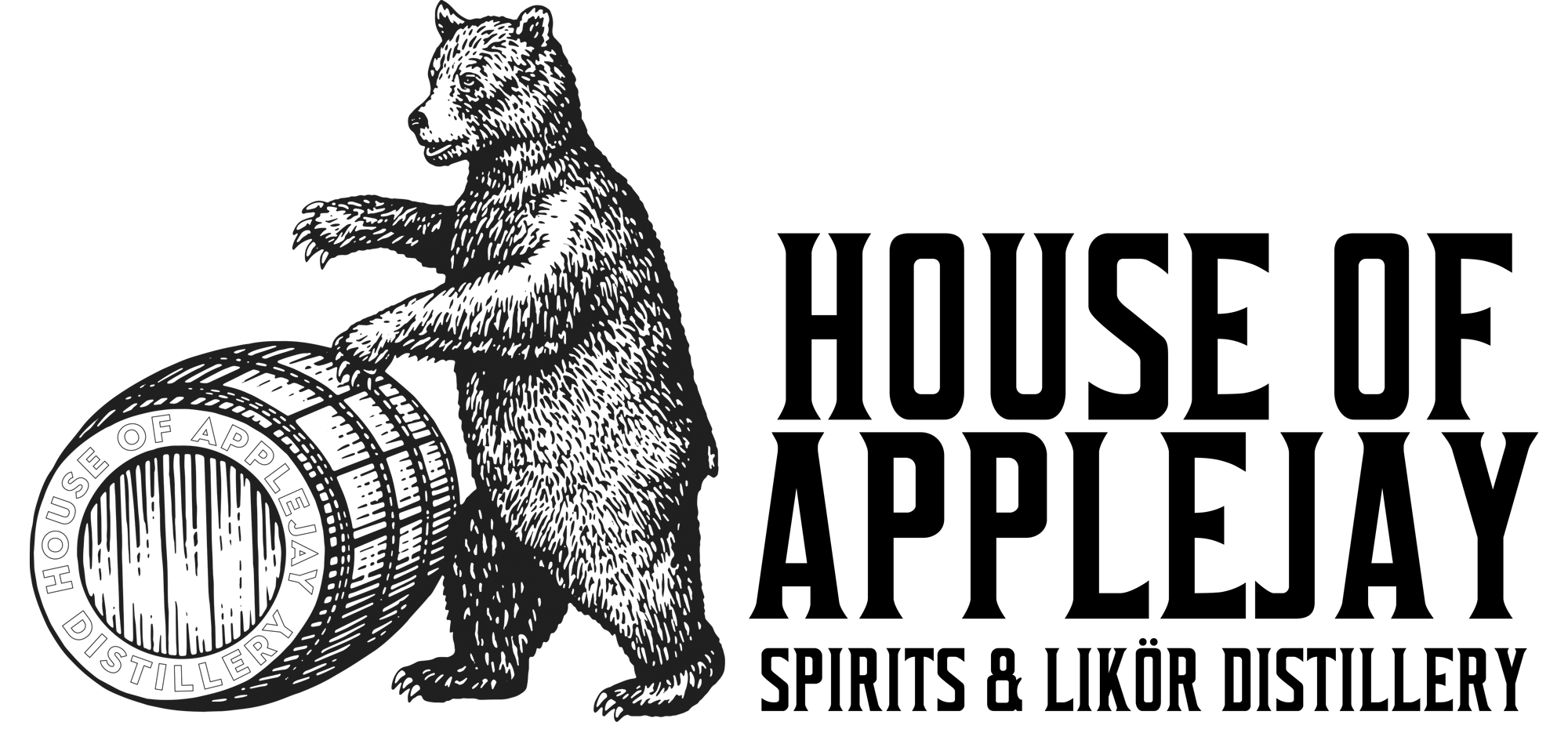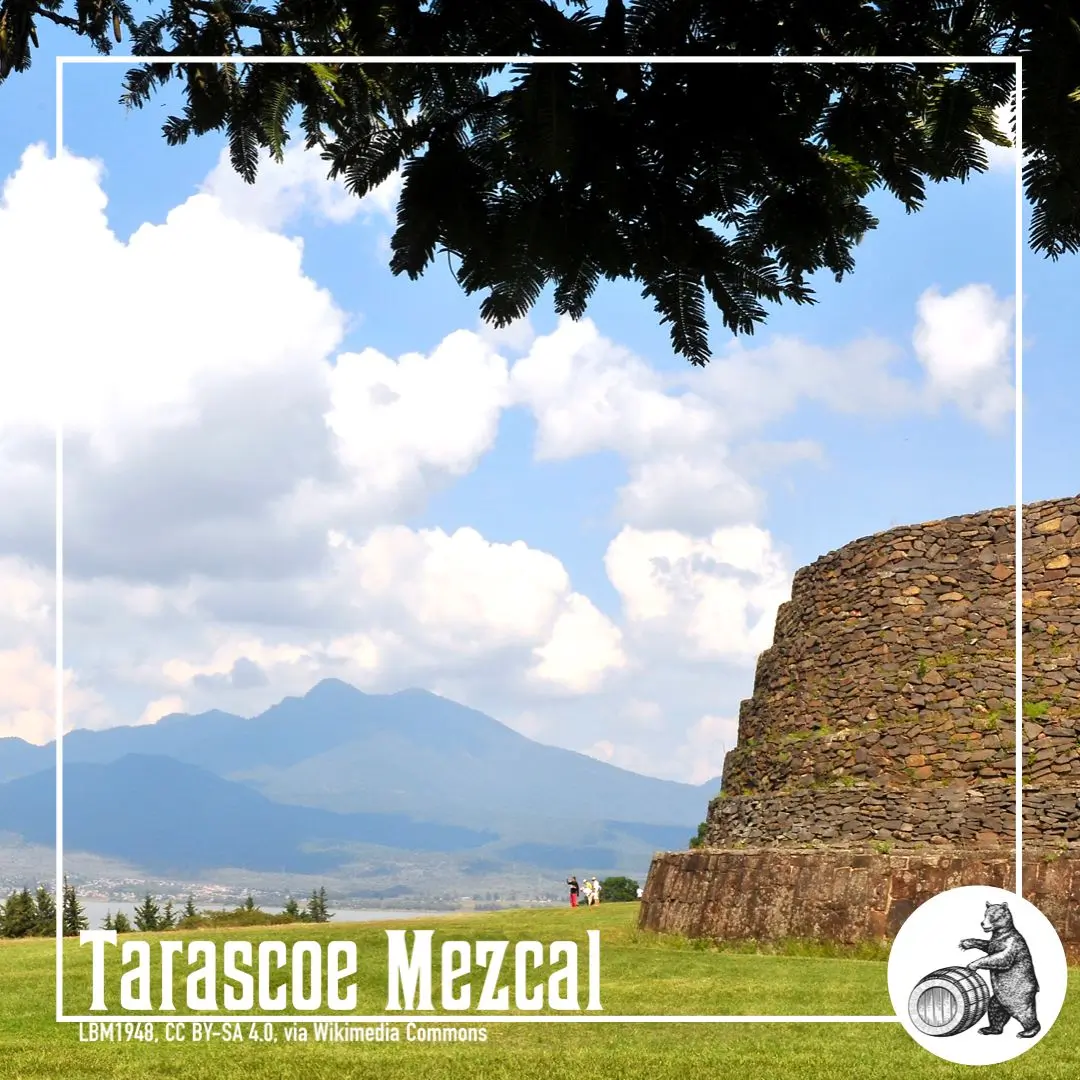Tarascoe Mezcal
Early Distilling at Lake Patzucuaro
In 1891, the esteemed anthropologist John G. Bourke embarked on an intriguing journey to encounter the Tarascoe people residing near Lake Patzcuaro in Mexico. His exploration led him to the renowned coffee plantations of Uruapan, allowing him to delve into the historical tapestry of the region by visiting the ruins of a Franciscan School, a testament to Spanish conquest, constructed back in 1581.
The Tarascoe’s Mescal Still
As fate would have it, during his travels to Tzintzontzin, Bourke serendipitously stumbled upon a rudimentary mescal still. In his detailed report, he marveled at the simple yet effective design of this primitive still, producing a mescal of exceptional clarity and quality.
The still’s construction was minimalistic, laid out on a firm clay foundation and crowned with a barrel-like structure secured meticulously with clay and gum. Nested within this wooden structure were essential pans dedicated to heating the mash, housing cooling water, and facilitating condensation. The crucial vessel capturing the resulting condensate bore the evocative name “cuchara,” or the spoon, adding a touch of quaint charm to the process. From the spoon, the mescal trickled through a tube, ultimately finding its way into a collection jar.
Dating of the Tarascoe Mescal Still
A captivating insight provided by Bourke suggested that this early Mexican still design bore an uncanny resemblance to the “atlatl” figures depicted in the Aztec codices or picture-writings. This observation hinted at the intriguing possibility that the Tarascoe mezcal distilling techniques might trace their roots back to the Spanish invasion during the 16th century. However, an even more fascinating notion persisted—that mezcal distillation could potentially have an even more ancient origin, dating back to pre-Spanish times in Patzucaro.
For a comprehensive exploration of Bourke’s enthralling travel and observations, one can delve into the detailed travel report titled “Tarascoe Mescal Distillery.” More about The Carnivore’s Mezcal, and Tepoztēcatl and the 400 rabbits.
The Distilling Culture
BLOG
Embark on a global journey, and you’ll find that cultures possess tales that harken back to their ancient beginnings of distillation, brewing, and winemaking.
info@houseofapplejay.com
67 Fowler St, Bldg B, East Ellijay, GA 30540

